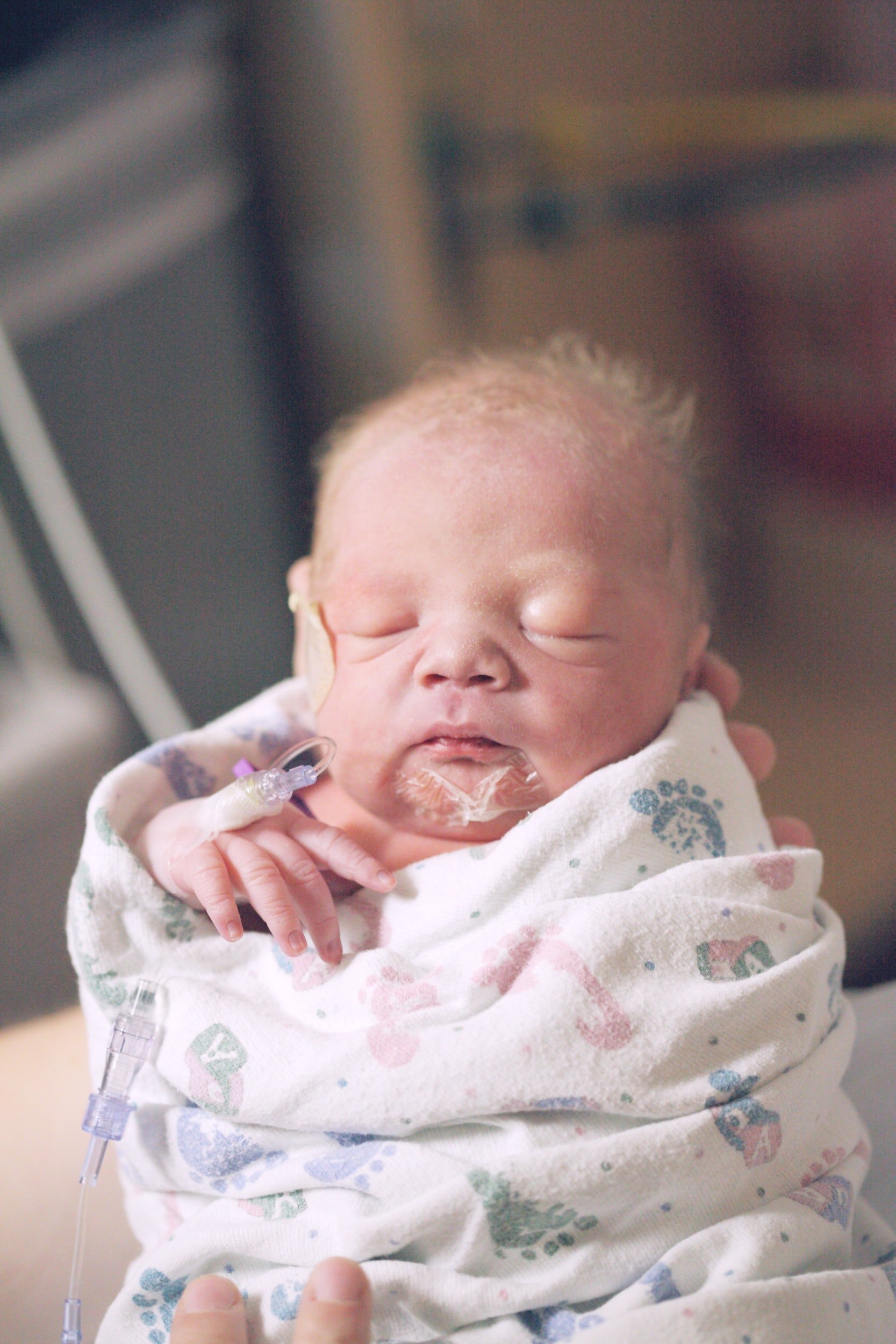Learn more about
Sepsis in Children
Pediatric Sepsis.
Sepsis in children presents differently from sepsis in adults. Children with neuromuscular disorders or cancer are at an increased risk of developing sepsis. Children who have recently undergone surgery must also be closely monitored for signs of sepsis. Pediatric sepsis may present in different ways: either a “cold shock” (a drop in temperature and heart rate) or a “heat shock” (a high fever and very quick heart rate). Due to its added vagueness, it is crucial to seek medical help as soon as you suspect a child may have developed sepsis.
Signs of Pediatric Sepsis:
Cold and clammy hands and feet OR red and flushed skin
Weak and feeble pulse
Heart rate either much slower OR much quicker than normal
Quick breathing / grunting
Confusion, decreased mental capabilities (based on their age and development
Neonatal Sepsis.
Neonatal sepsis occurs in infants less than four weeks old. Premature infants and infants with chronic lung disease or congenital heart disease are at a high risk of developing sepsis. Sepsis may occur at early onset (~6 hours after birth) or late onset (up to four weeks after birth). Symptoms are variable and hard to spot, so it is important to watch closely for signs of infection and seek medical attention immediately.
Signs of Neonatal Sepsis:
Diminished spontaneous activity
Less vigorous sucking, refusal to eat
Low heart rate
Grunting
Respiratory distress
High fever OR very low temperature
Jaundice (especially in early-onset neonatal sepsis)
Abdominal distention
Causes and Symptoms
The symptoms of sepsis may be different from patient to patient.
Prevention
Keep yourself safe through different methods of prevention.
Understanding Sepsis
Become informed by learning more about sepsis.


